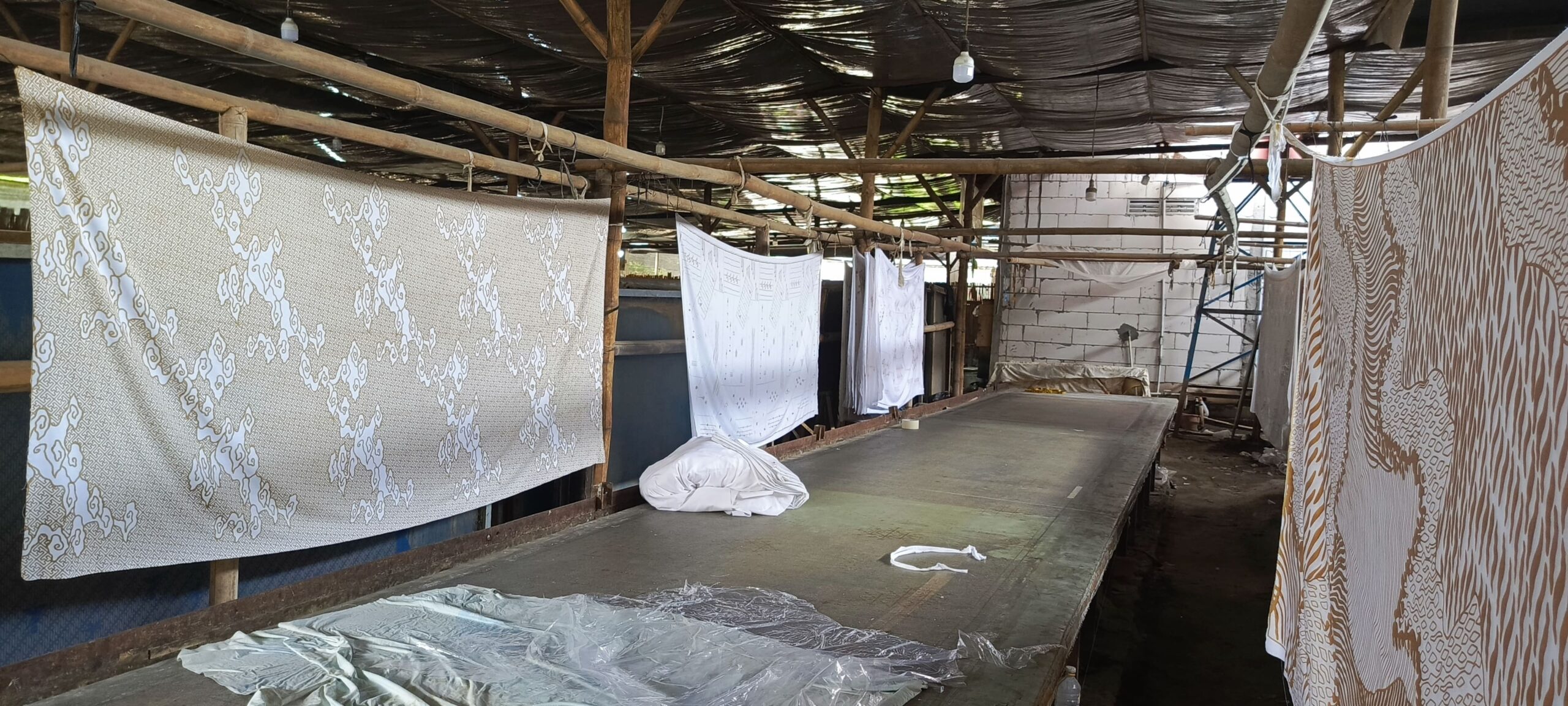One of the popular batik fabrics is Batik print. Batik is one of the nation’s heritage items that must be preserved. The rich variety of Indonesian batik patterns reflects the invaluable diversity of the nation. Each type of batik fabric has its unique beauty. From a business perspective, batik, especially printed batik cloth, also holds significant economic value.
Batik has long been known in Indonesia. According to historical records, batik is believed to have started spreading on the island of Java during the Majapahit kingdom, around the late 18th century. Indonesian batik cloth is also closely associated with the spread of Islam, particularly on the island of Java.
The development of Indonesian batik cloth became more intense during the era of the Mataram Sultanate. To this day, Indonesian batik cloth has endured, with increasingly diverse patterns. Initially, batik cloth patterns were heavily influenced by Javanese, Hindu, Buddhist, and Islamic themes. However, over time, batik patterns have become more varied. Nowadays, there is even batik print with more modern motifs and colors.
What is Batik Print or Printed Batik?
There are at least six types of printed batik known in Indonesia. These types include:
- Batik tulis (hand-drawn batik)
- Batik printing
- Batik cap (stamped batik)
- Batik sablon (screen-printed batik)
- Batik lukis (painted batik)
- Combination of batik tulis and batik cap.
Among these types, one has seen a significant rise in popularity: printed batik. The term “printed batik” refers to its production process, which uses printing methods. This process involves creating patterns, dyeing, screening, preparing color materials for screening, and printing.
Printed batik is made using special textile printing machines.
In this process, batik pattern designs are computerized and directly applied to the fabric using a specialized printer. Digital printed batik offers greater freedom in design and color. With this technology, complex batik patterns and a wide range of colors can be produced with high precision. For this reason, the price of this batik print is relatively lower. Nonetheless, printed batik provides freedom and innovation in design and color.
The Philosophy and Meaning of Printed Batik Patterns
Each printed batik pattern carries deep stories and meanings, adding to the special nature of batik. For example, the Parang motif represents strength and courage. The repeating lines in this motif symbolize lightning streaking across the sky, reminding us of the unpredictable power of nature. The Kawung motif, with its interlocking circles, illustrates cooperation and unity in social life. Meanwhile, the Mega Mendung motif, with its soft, clustered cloud shapes, symbolizes purity and tranquility.
Techniques and Process of Making Printed Batik
The process of making Batik print involves several interesting stages. First, the batik pattern is designed using computer technology. Then, the design is printed onto transfer paper using a special printer. The transfer paper is then placed onto the prepared fabric. The next step involves heating the fabric at a high temperature to ensure that the ink from the transfer paper adheres perfectly to the fabric fibers. Once you remove the transfer paper, the batik motif is printed on the fabric. Finally, the fabric undergoes a fixation process to lock in the color, preventing it from fading when washed.



